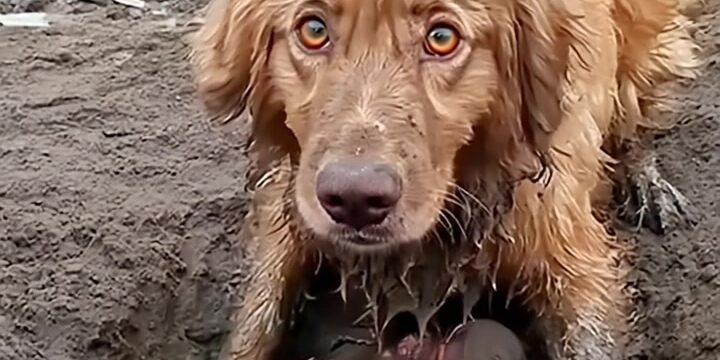
As the world begins to recover from the COVID-19 pandemic, scientists have identified a new virus in the United States that is raising concerns among public health experts. The Camp Hill virus, discovered in frozen tissue samples from shrews collected in Alabama, is closely related to the deadly Nipah and Hendra viruses, known for their high mortality rates in humans.
Discovery and Characteristics
The Camp Hill virus is the first henipavirus of its kind identified in North America. Henipaviruses are a group of viruses that can cause severe disease in humans and animals. While there is currently no evidence that the Camp Hill virus has infected humans, its genetic similarity to Nipah and Hendra viruses is cause for vigilance.
Nipah virus, for example, has caused outbreaks in Southeast Asia with mortality rates up to 70%. Symptoms include fever, seizures, severe respiratory issues, and encephalitis. The potential for the Camp Hill virus to mutate or spill over to humans, as has happened with other zoonotic diseases, cannot be ignored.
Public Health Implications
Dr. David Dyjack from the National Environmental Health Association expressed serious concern, stating, “What concerns us in public health is that we have this virus with a very high mortality rate, and if it were to mutate and transmit to a human… that could be particularly threatening to all of mankind.”
The emergence of the Camp Hill virus underscores the importance of monitoring zoonotic diseases—those that can jump from animals to humans. Increased human-wildlife interaction, habitat destruction, and global travel contribute to the risk of new infectious diseases emerging and spreading rapidly.
Preparedness and Response
Experts emphasize the need for proactive measures to prevent potential outbreaks. This includes ongoing research, surveillance of wildlife populations, and investment in public health infrastructure. The COVID-19 pandemic highlighted the consequences of underestimating emerging pathogens, and the Camp Hill virus serves as a reminder to remain vigilant.
While there is no immediate cause for alarm, the discovery of the Camp Hill virus is a call to action for scientists, public health officials, and policymakers to strengthen efforts in disease surveillance, research, and preparedness to mitigate the risks of future pandemics.
Note: This article is based on information from the original source and aims to convey the key points in a manner consistent with American English and style.





